Apple’s very first standalone (non-integrated) keyboard was a numeric keypad designed for the Apple //e.
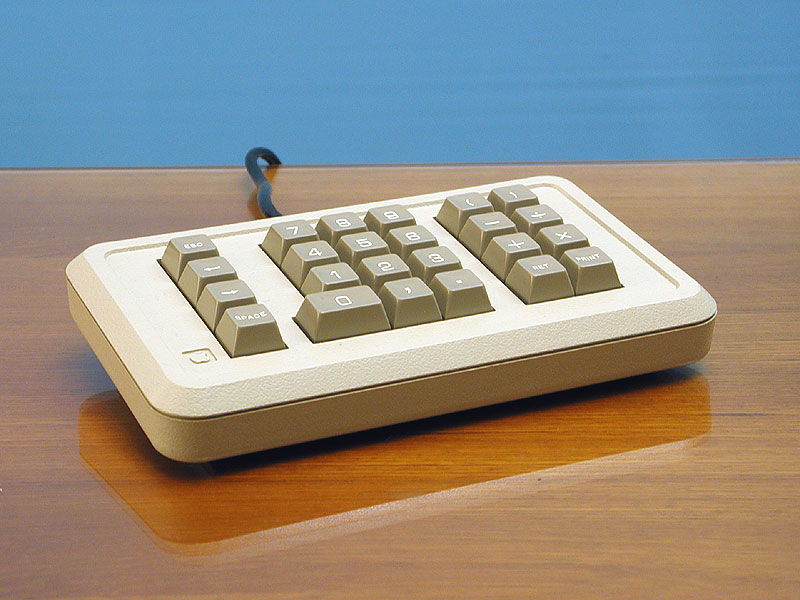
In early 2019 I acquired one of these and set to work at converting it to work with QMK, and documented everything below.
Description
Apple made two versions of the keypad, both released under model number A2M2003. The earlier version (from 1982) used Alps SKCC tall black switches and double-shot PBT keycaps with larger capitalized white legends. The later version (from 1983 onwards) used Alps black cross mount integrated dome switches and dye-sublimated PBT keycaps with smaller dark legends. Both versions were encased in a rounded ABS plastic clamshell case positioned at a fixed seven degree angle and bearing the apple logo in the lower-left side of the top surface.
The numpad features 24 keys arranged in a grid of 6 × 4. The left-most cluster (one column) consisted of (from top to bottom) escape, left arrow, right arrow, and space. The middle cluster had a standard numeric keypad with a 1.5u zero key at the bottom left, a comma key to its right, and a decimal key after that. The right cluster consisted of two columns offering open and close parenthesis, minus, divided by, plus, multiply, return, and print. The print key displayed a single question mark, which was shorthand for the AppleSoft Basic PRINT statement.
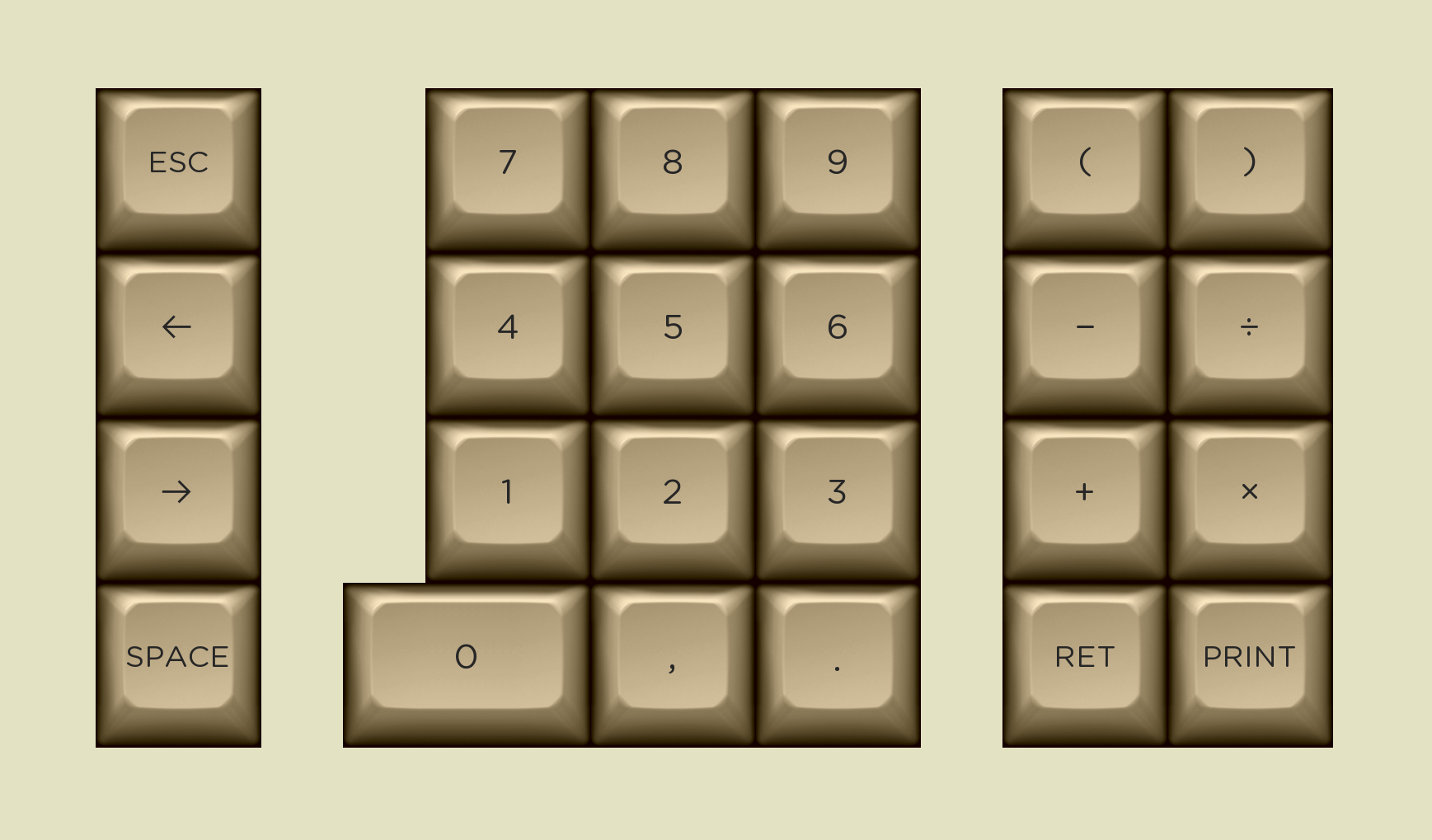
Packaging
The keypad shipped in a simple white box with gray graphics and print.
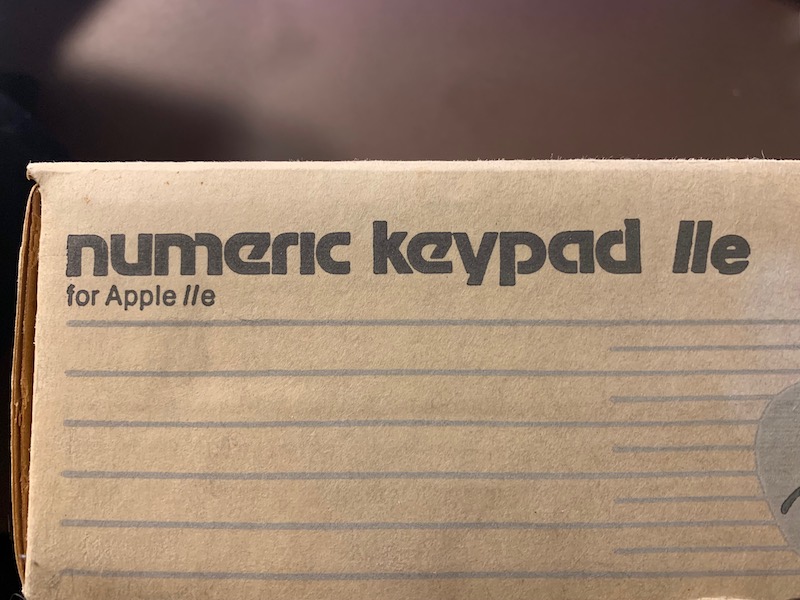
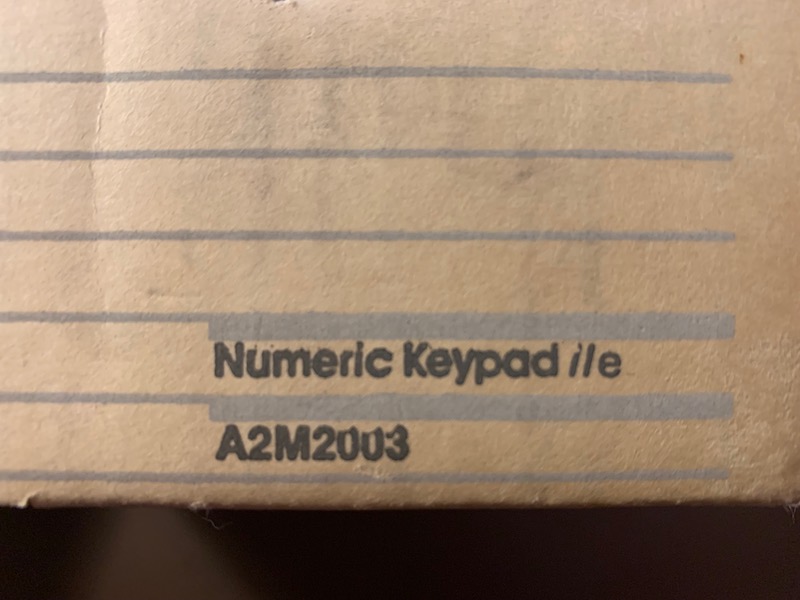
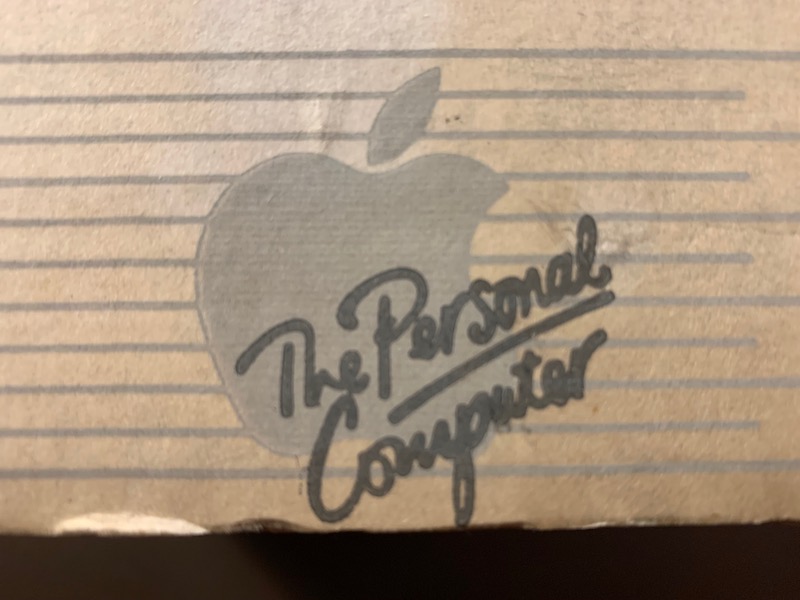
Contents
Inside the box:
- The Numeric Keypad //e
- Operations Manual
- Service Wrench
- VisiCalc Notice (printed on some kind of paper that didn’t age well)
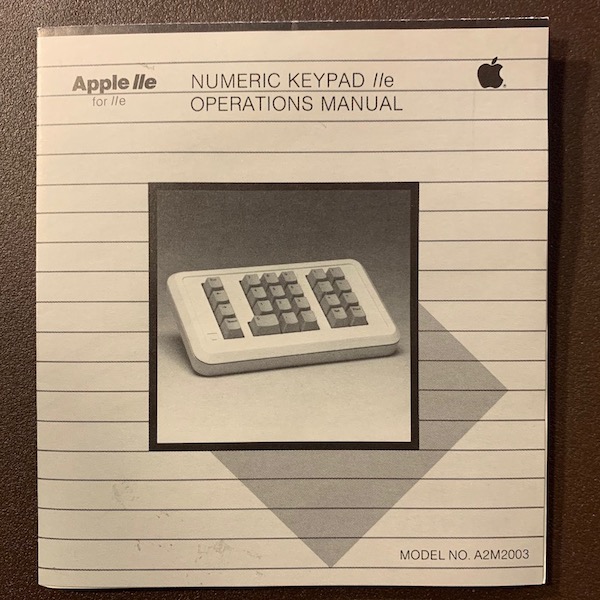
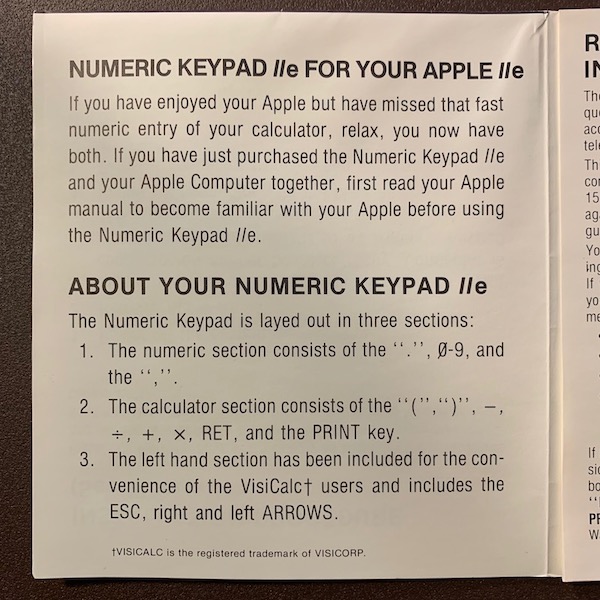
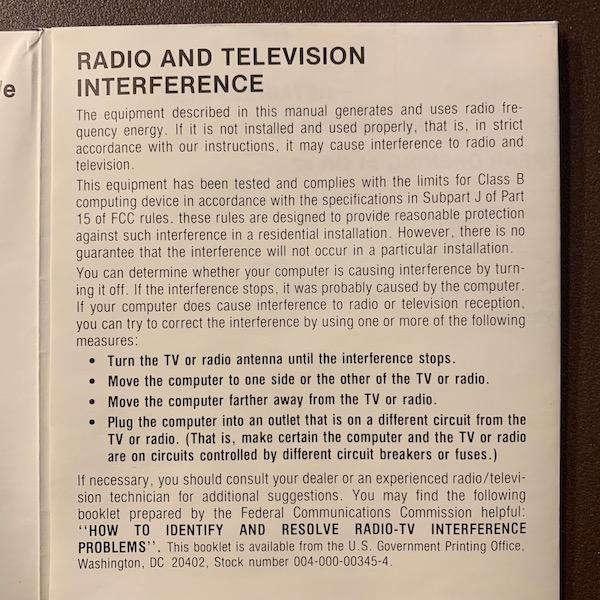
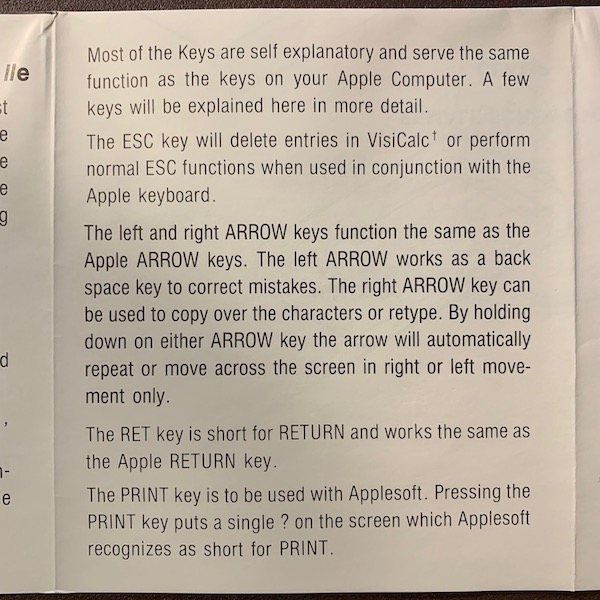
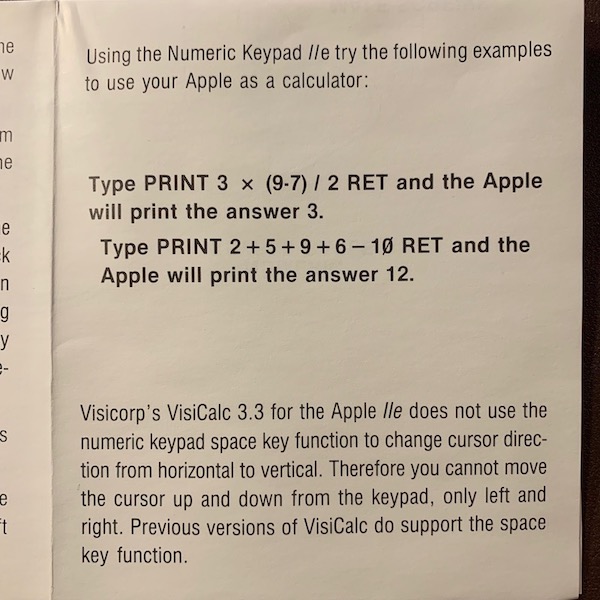
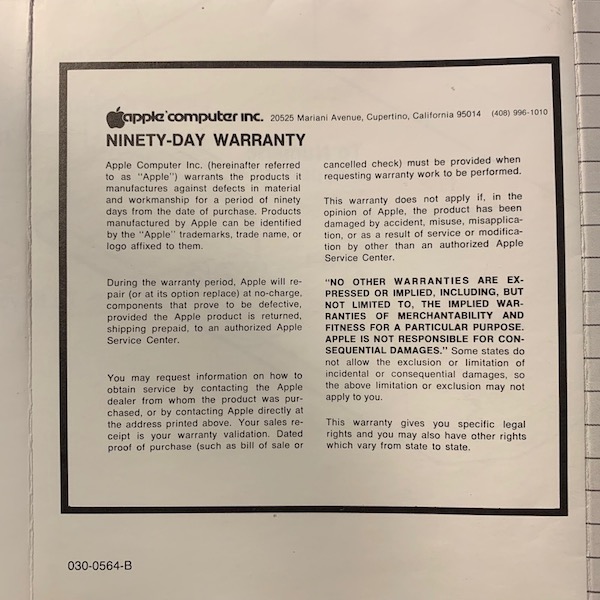
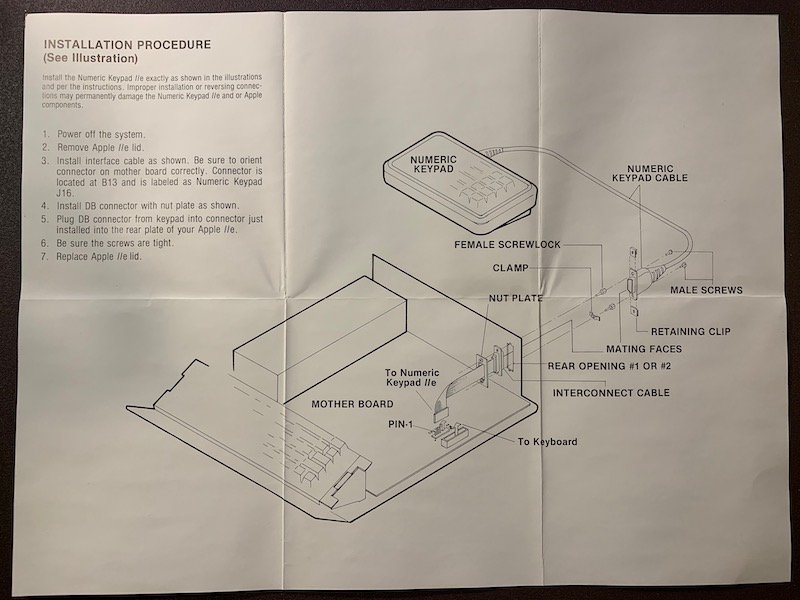
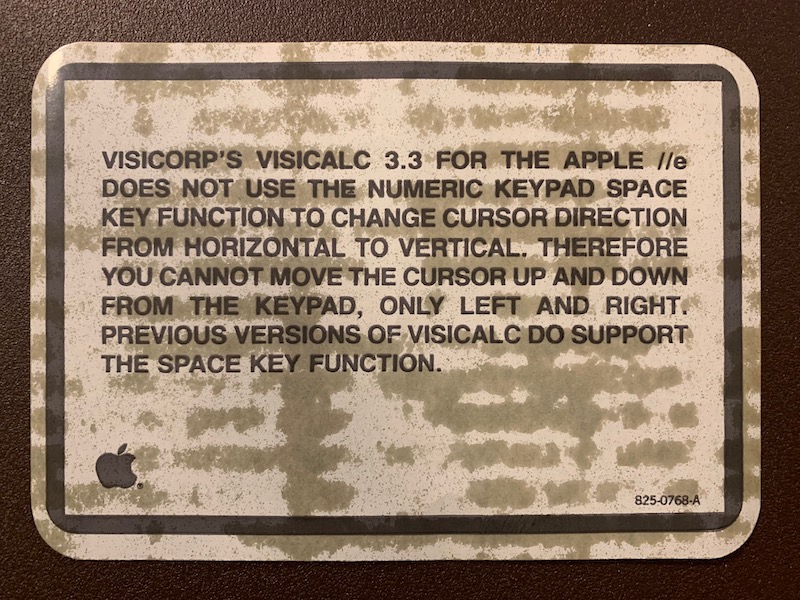
Hardware
The keypad can be opened by removing the four screws on the bottom. The two at the rear are exposed, while the two at the front are hidden beneath the two rubber feet. Inside, the plate-mounted switches are connected to a simple PCB, with all connections routed to an 11 pin header (plus ground connections). Those connections are tied into a DB15 connection (same as VGA), which is the single fixed cable on the keypad.
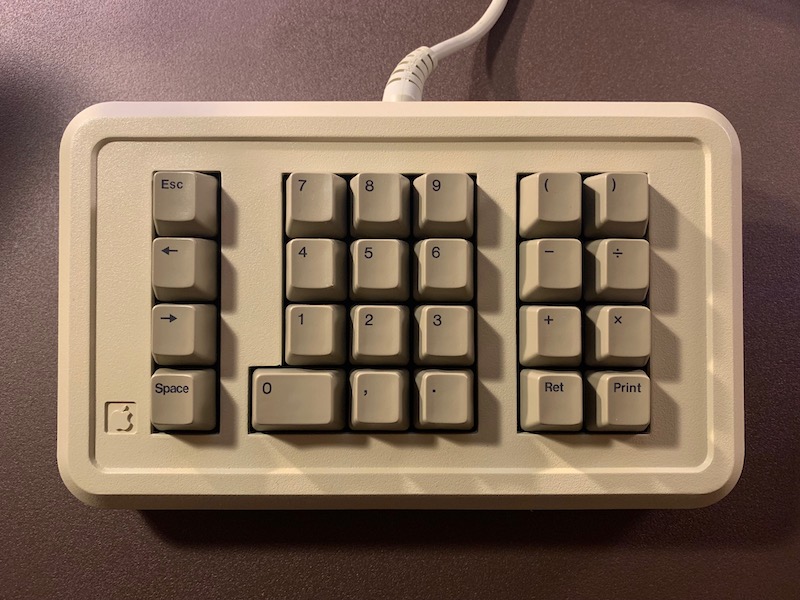
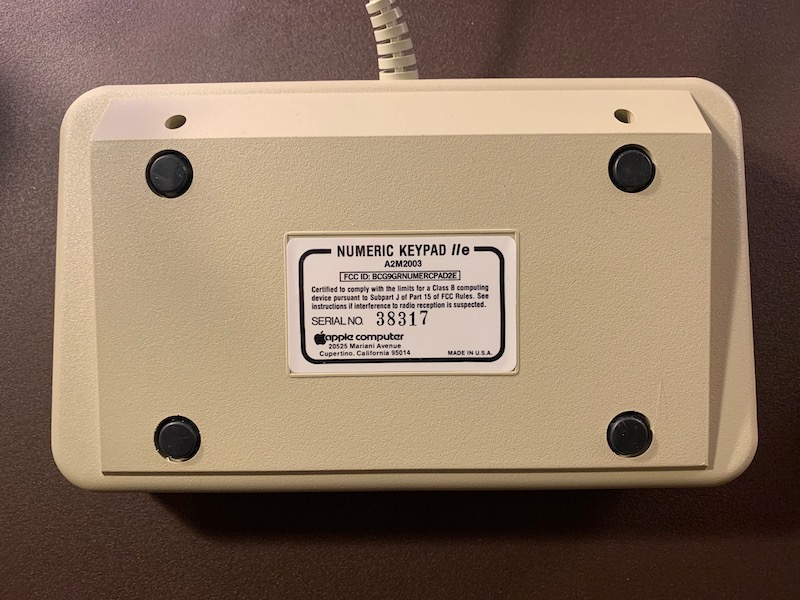
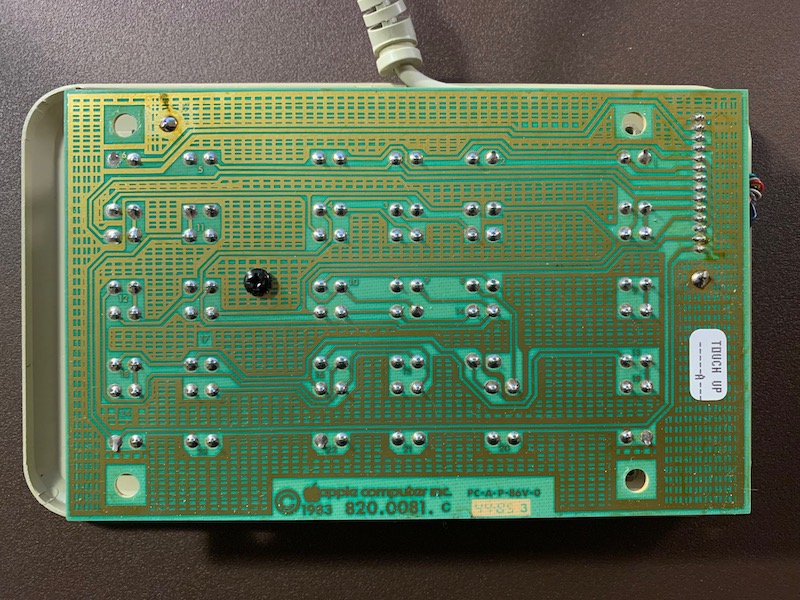
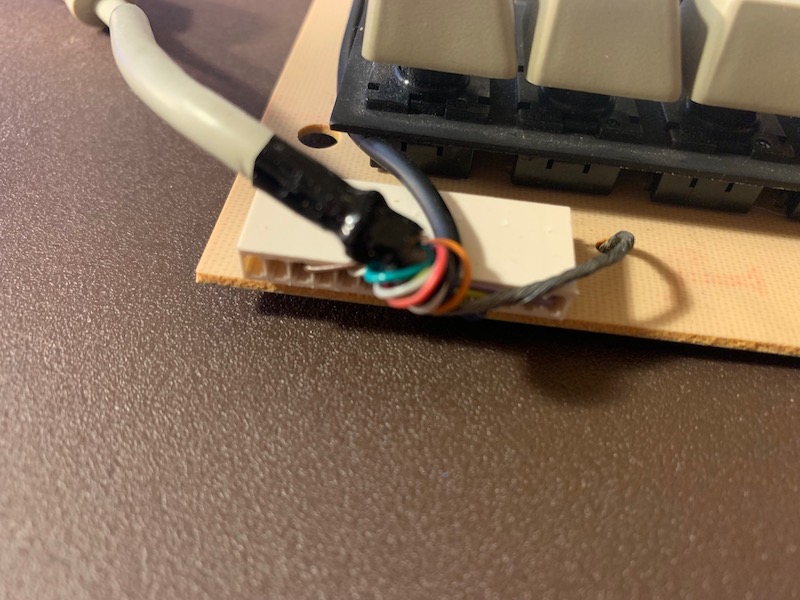
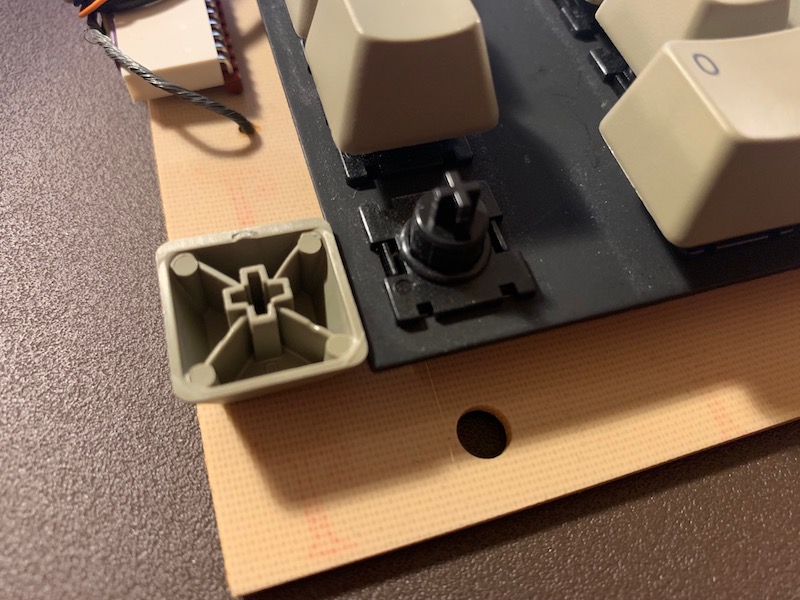
Connection
To use the keyboard with a modern computer, I connected it to a DB15 breakout board and then connected the corresponding X/Y matrix pins to an Arduino Micro. Any hardware using an ATmega32U4 microcontroller could be used, though.
You can find detailed information on the pinout and connections on this Apple II wiki page and this Geekhack post. I’ve also combined all of the relevant information into a Pin Mappings section in the project’s config.h file.
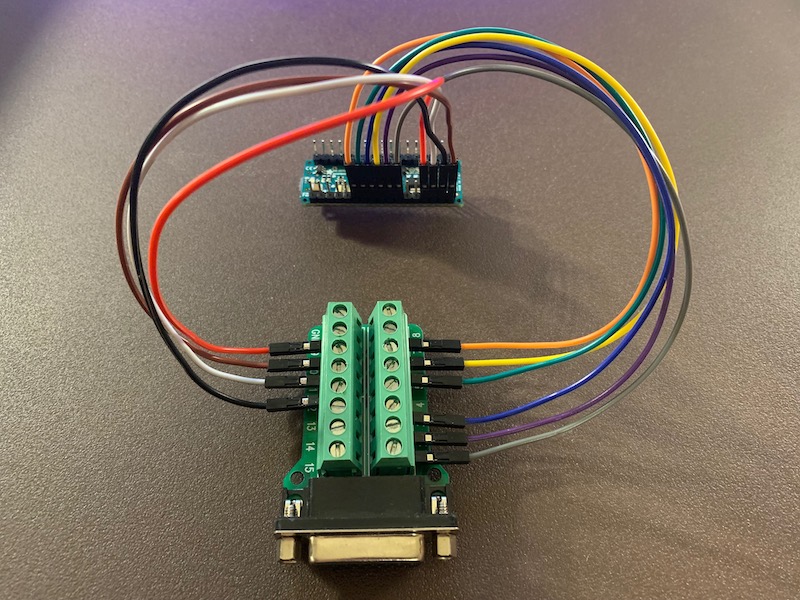
My QMK firmware for this board is available in the Github repository, in /keyboards/converter/numeric_keypad_IIe and you can also use the QMK Configurator to build custom layouts.
I’m still working on my custom layout, but so far I’ve repurposed the left column of keys to manage volume and screen brightness.
Collaborate?
If you have one of these numpads and would like to swap notes, let me know!